Historic villages around America are living time capsules that give insights into
stories, traditions, and everyday life from the nation’s past. These well-preserved
communities invite visitors to travel back in time and experience how past
generations lived, worked, and built the foundations of modern America.
From early colonial settlements to frontier outposts, each of these villages offers a
glimpse into a different chapter in American history.
Colonial Williamsburg, Virginia
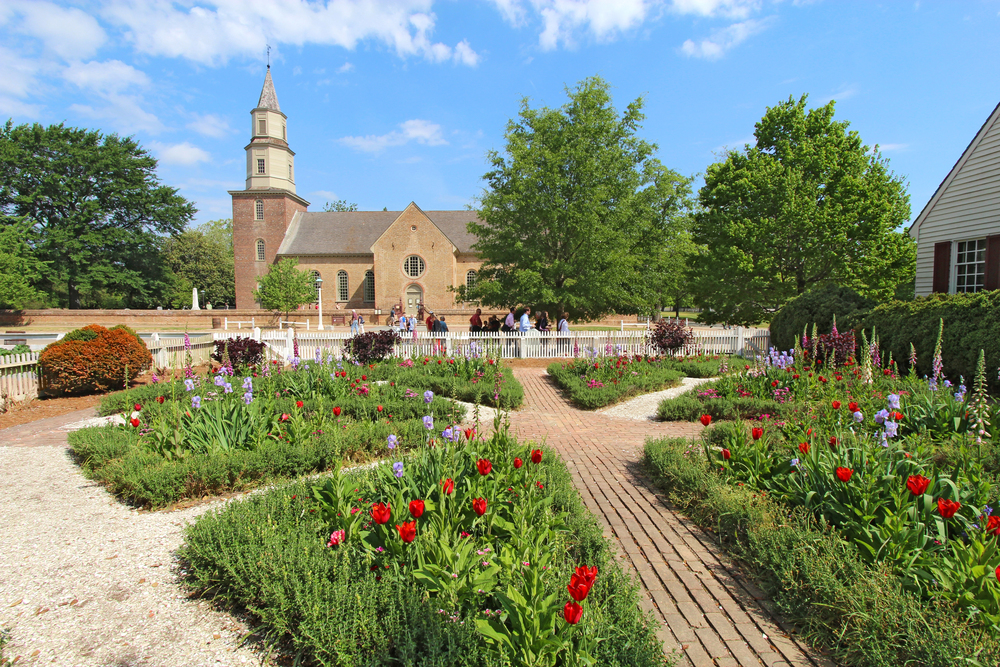
A visit to Colonial Williamsburg transports you back in time to the eve of the
American Revolution, as costumed interpreters bring vivid reality to life in 18th-
century style. The meticulously restored capital of colonial Virginia covers an area of
301 acres with 88 original buildings, while hundreds of reconstructed buildings
complete the historic area.
Historical interpreters, live demonstrations of colonial crafts, and revolutionary debates that shaped the nation’s founding are just a few of the interactive activities available to visitors.
Plymouth, Massachusetts
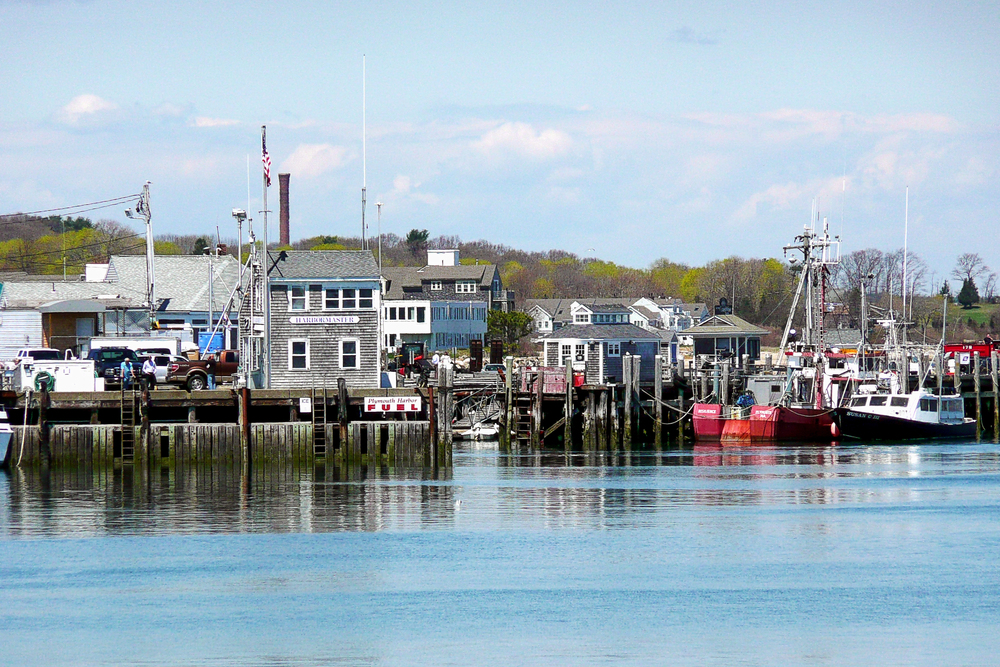
From 1620, this iconic settlement made by the Pilgrims shows the visitor’s early
colonial life and the complicated accord that was always there between the first
European settlers and the Native Americans. The Museums at Plimoth Patuxet,
formerly referred to as Plimuth Plantation, feature reproductions of 17th-century
English Villages and a Native American homestead.
Living History Museum has costumed interpreters reenact daily tasks and share the day with both colonial- and Wampanoag-framed stories.
Like Travel Pug’s content? Follow us on MSN.
St. Augustine, Florida
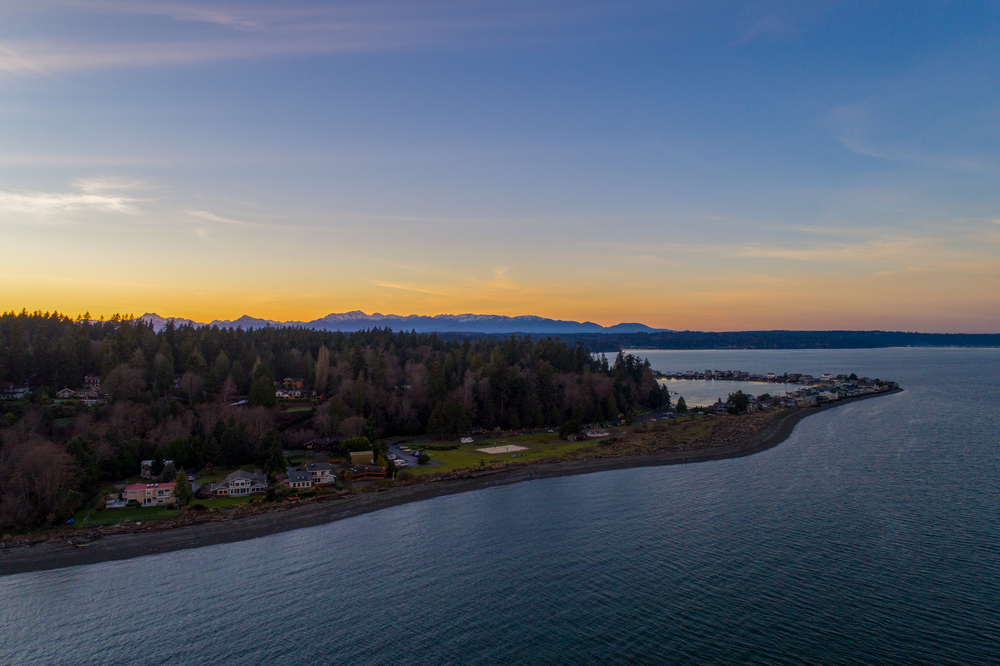
St. Augustine, as the oldest European-inhabited city in the continental United States,
mixes Spanish colonial architecture with nearly three centuries of multicultural
influences. Its historic district comprises the Castillo de San Marcos, a masonry fort
and the oldest one in the United States on the mainland; streets from the colonial
period preserved and lined with houses; and the Spanish Quarter, which interpreters
showcase the craft and daily lives during the 1700s.
Sturbridge Village, Massachusetts
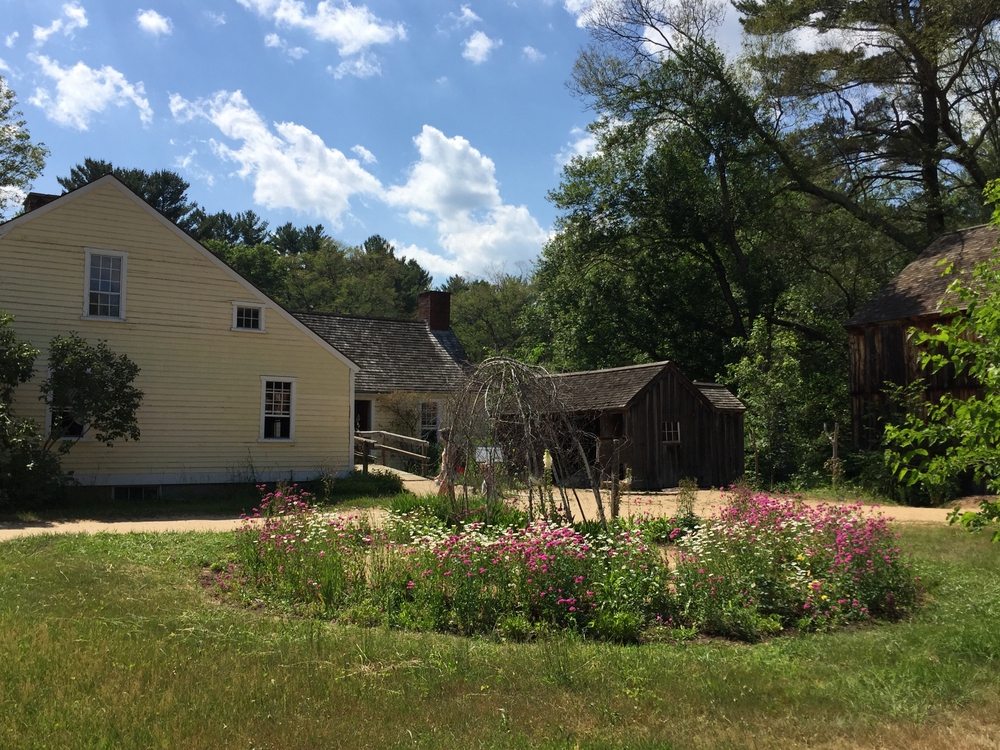
Old Sturbridge Village interprets life in a rural New England town of the 1830s,
highlighting a time of great social, economic, and cultural transformation in America
as it entered its industrial revolution. The village includes over 40 original buildings,
including several homes, craft shops, a district school, and a working farm.
Skilled artisans demonstrate period trades and crafts while discussing with visitors the daily concerns and adaptations of early 19th-century Americans.
New Philadelphia, Illinois
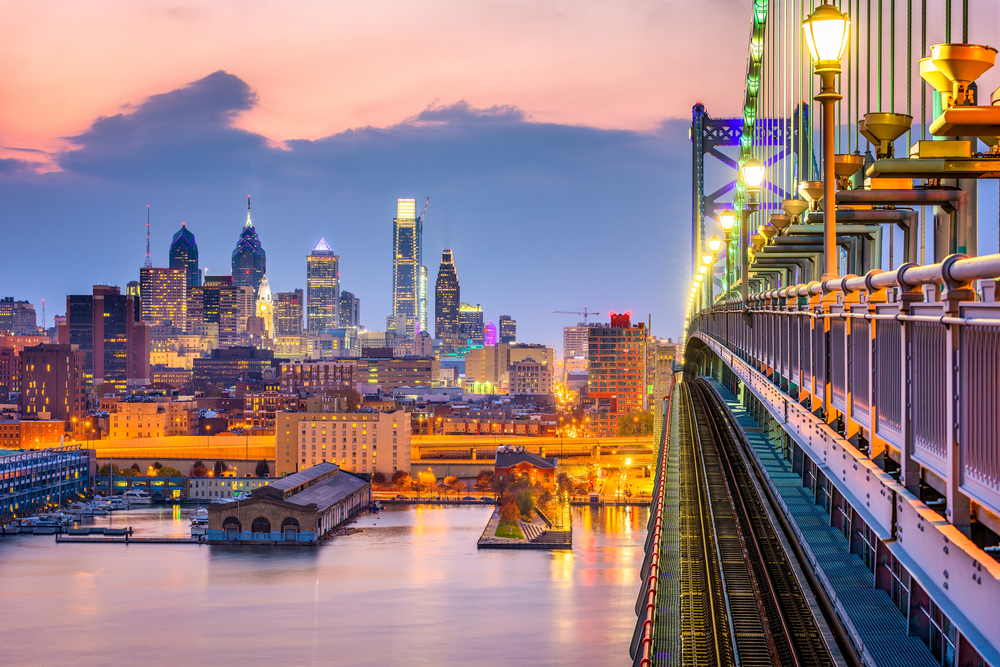
New Philadelphia Founded in 1836 by Frank McWorter, a formerly enslaved man,
New Philadelphia represents the first known town legally registered by an African
American in the United States. The archaeological site and interpretive center
describe a remarkable, integrated community that thrived before the Civil War.
Visitors are able to explore building foundations and learn about resident life through
artifacts and hands-on exhibits.
Like Travel Pug’s content? Follow us on MSN.
Mystic Seaport, Connecticut
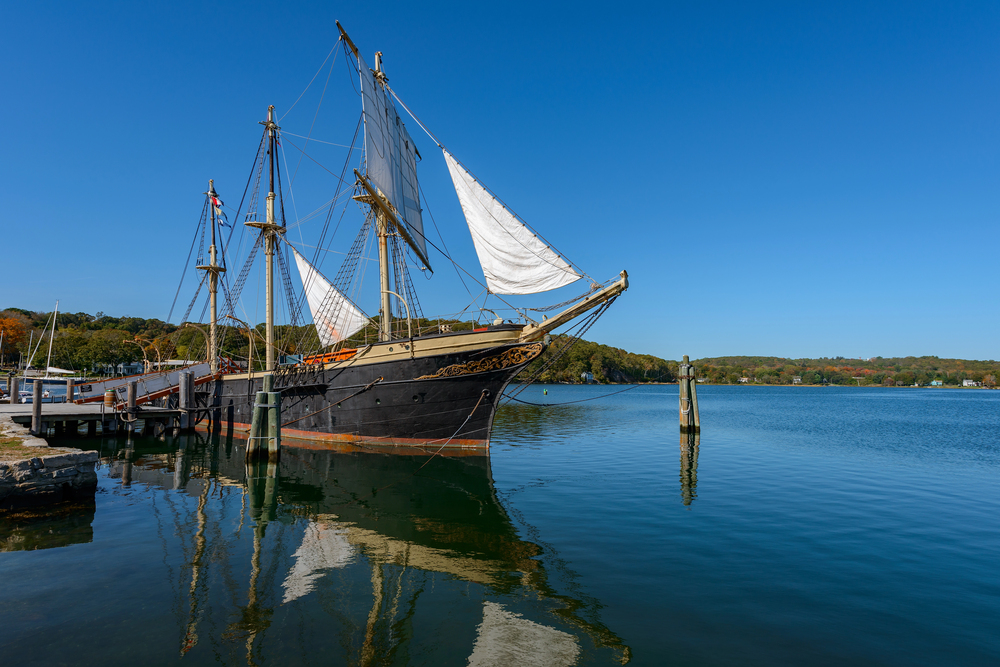
This re-created 19th-century coastal village puts New England’s maritime heritage in
the age of sail into historical context. This living history museum includes over 60
historic buildings, four National Historic Landmark vessels, and countless smaller
watercraft.
Visitors can watch shipwrights fashioning wooden boats with traditional methods, board historic ships, and experience the bustle of a thriving seaport community.
Harpers Ferry, West Virginia
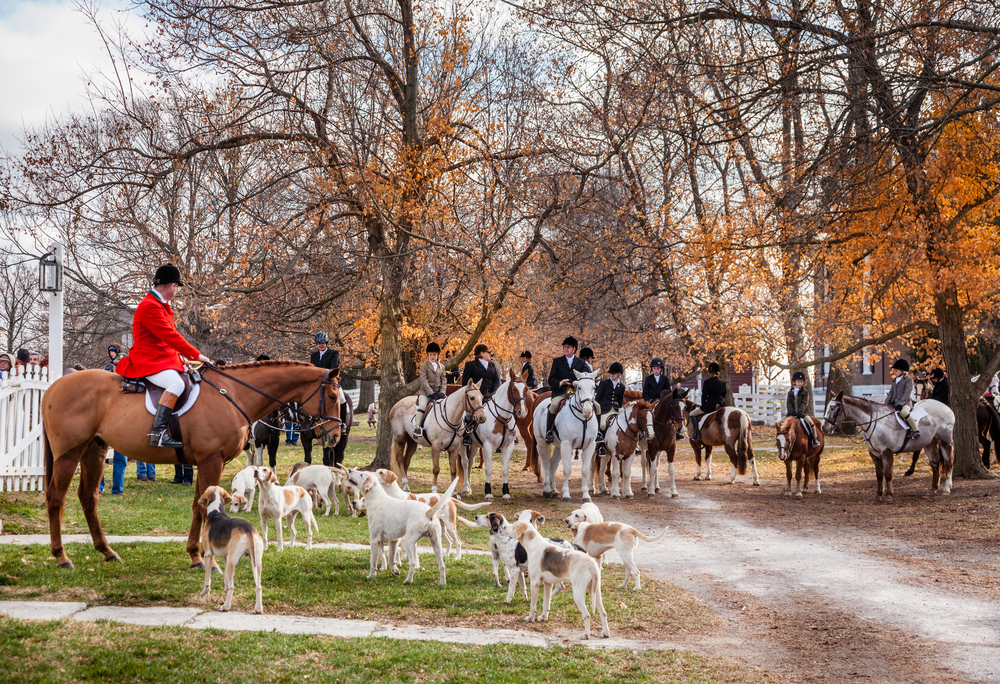
At the junction of the Potomac and Shenandoah rivers, this was a very important site
during American history: the raid by John Brown, an important battle in the American
Civil War. It includes a 19th-century village with restored buildings, including armory
workers’ quarters and commercial and industrial sites.
Visitors can see museums explaining Civil War history, African-American history, and the Industrial Revolution.
Shaker Village of Pleasant Hill, Kentucky
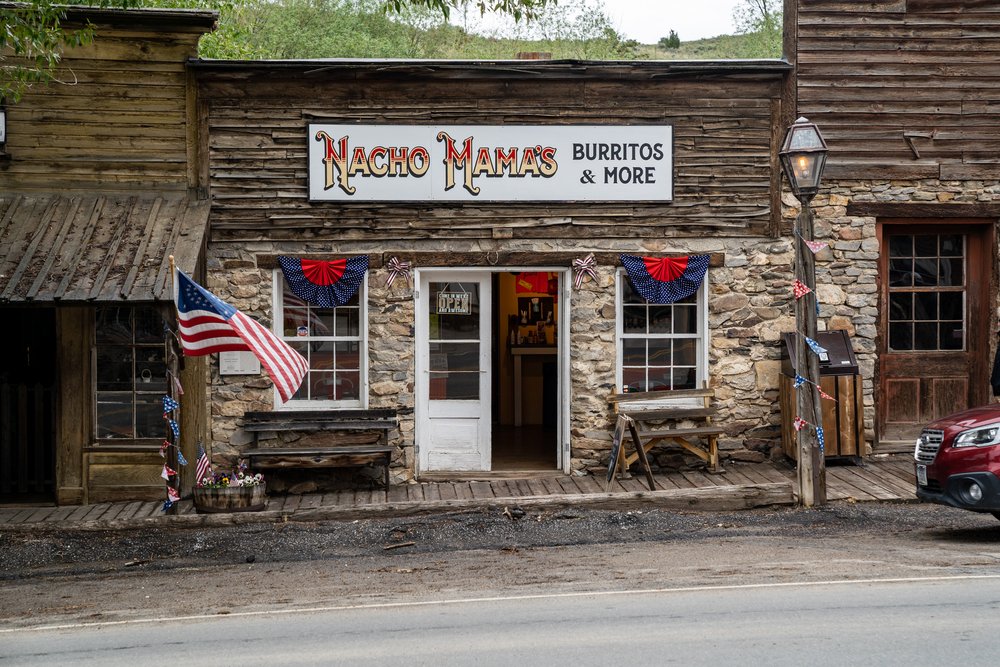
As the largest restored Shaker community in America, Pleasant Hill offers insights
into the religious and social innovations of the Shaker movement. The village
features 34 original buildings spread across 3,000 acres of preserved farmland and
forest.
Through demonstrations, exhibits, and overnight stays in historic buildings, visitors can experience the simplicity, craftsmanship, and communal lifestyle that defined Shaker communities.
Like Travel Pug’s content? Follow us on MSN.
Virginia City, Montana
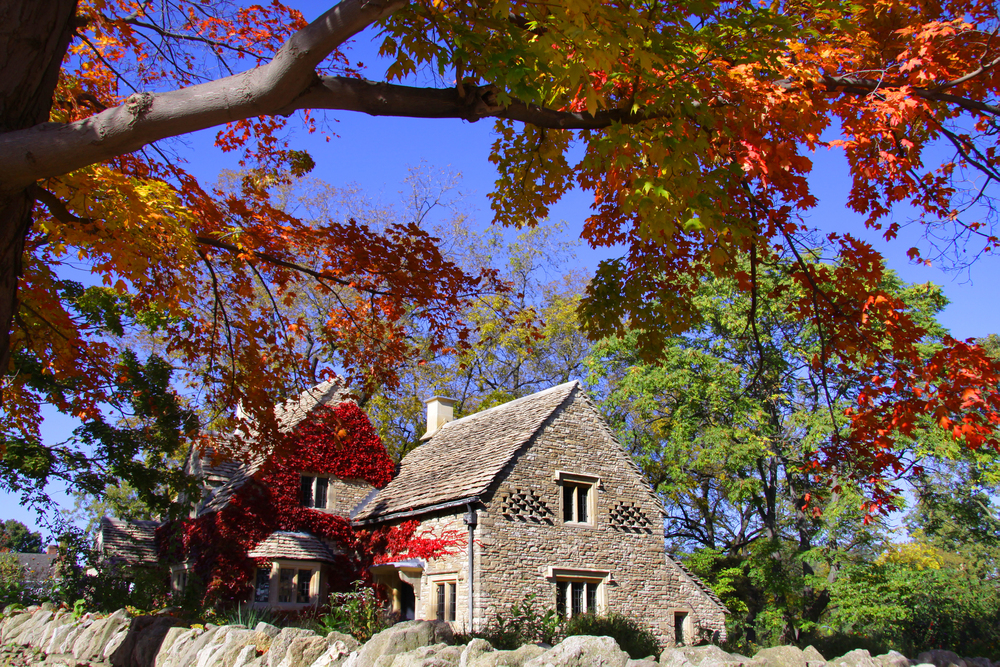
This remarkably well-preserved Gold Rush town conveys the excitement and perils
of frontier life during the 1860 mining boom. The town’s wooden sidewalks tie
together more than 100 historic buildings, including saloons, shops, and homes
constructed during the height of gold fever.
Visitors can pan for gold, ride a historic railroad, and explore museums filled with artifacts from Montana’s territorial period.
Greenfield Village, Michigan
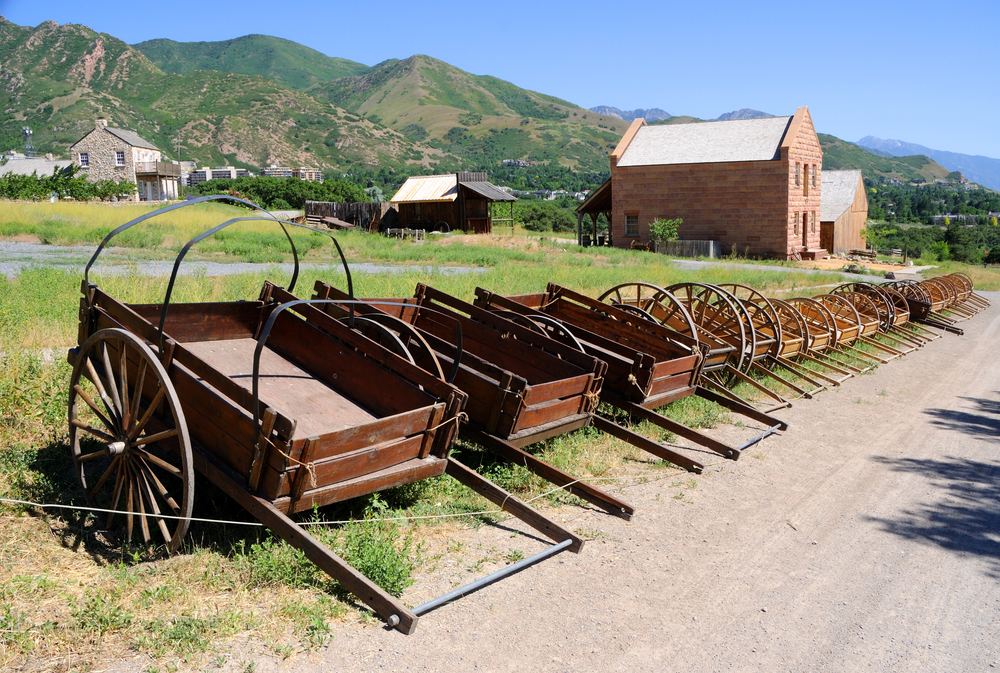
Henry Ford’s dream of America’s innovative spirit is articulated here in this unique
collection of historic buildings from all over the country. The village has about 100
buildings, transported from their original sites to the location, which include Thomas
Edison’s laboratory and the Wright brothers’ bicycle shop.
Artisans demonstrate traditional crafts, while Model T rides and steam locomotive trips take visitors back in time through various eras of American development.
Mormon Pioneer Historic District, Utah
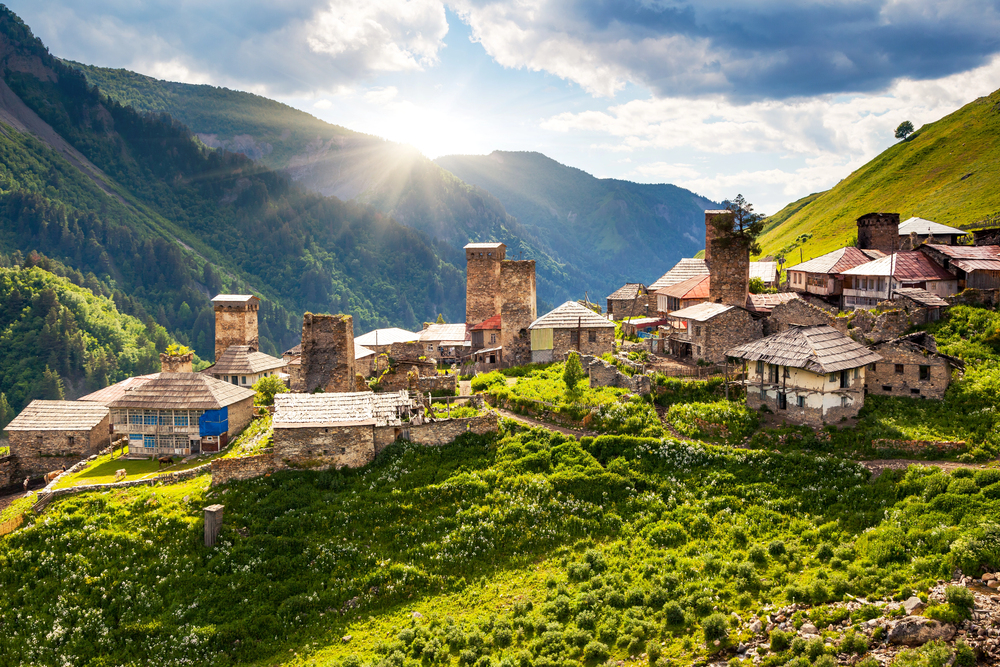
Salt Lake City This time-traveling district in Salt Lake City testifies to the indomitable
spirit of Mormon pioneers who settled in the Salt Lake Valley in 1847. The well-
preserved district embraces Temple Square, pioneer-era homes, and the Beehive
House, Brigham Young’s official residence.
The district also includes period gardens, along with demonstrations of the skills, such as candle-making, of the pioneering genius who helped the first settlers conquer the inhospitable desert climate.
Like Travel Pug’s content? Follow us on MSN.
New Echota, Georgia
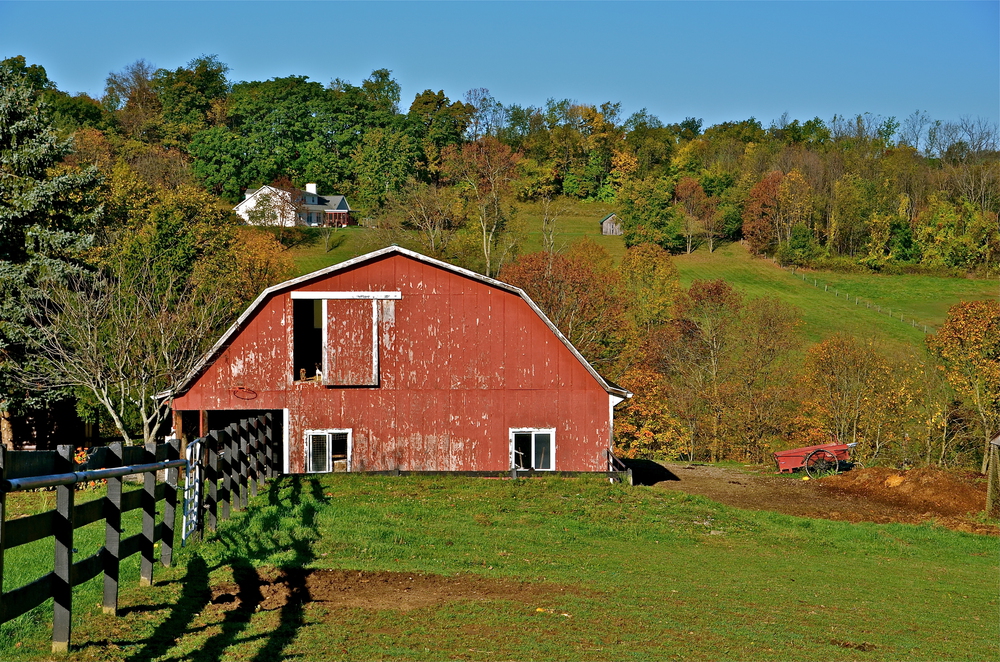
New Echota is a poignant story in Cherokee civilization, a tragedy of forced removal
of the former capital of the Cherokee Nation. The historic site consists of
reconstructed government buildings, residences, and a print shop that produced the
Cherokee Phoenix newspaper.
This is the place where the Cherokee people made a sophisticated government system and an alphabet before they were to be removed from the Trail of Tears.
Zoar Village, Ohio
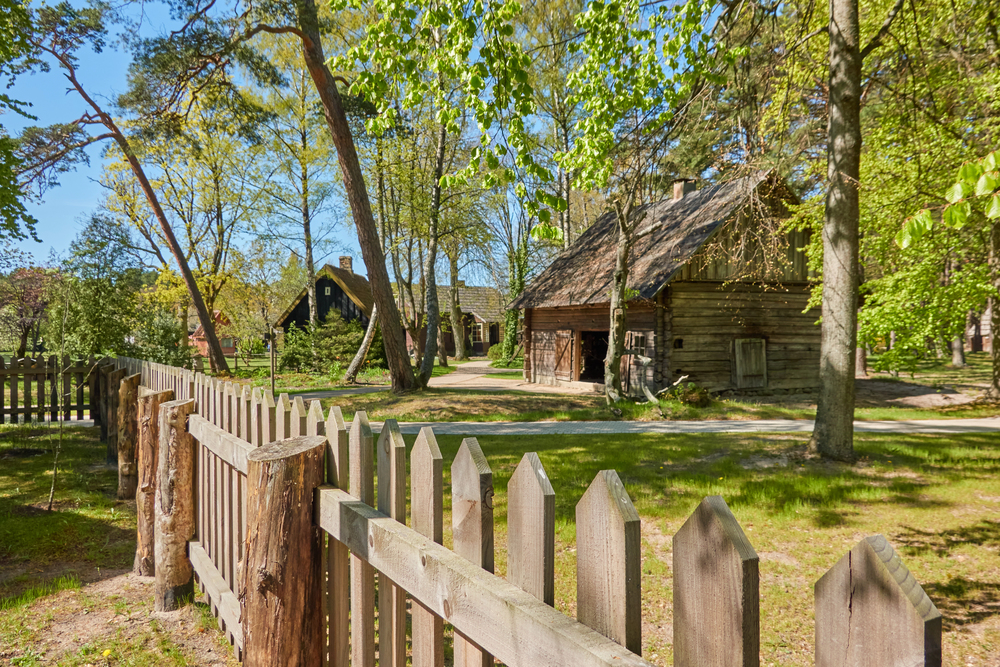
Founded in 1817 by German religious separatists, Zoar Village represents a
fascinating experiment in communal living and religious freedom. Many original
structures remain well preserved in the village, including the central garden, meeting
house, and peculiar residential buildings.
Visitors can learn about the Society of Separatists’ communal lifestyle, their agricultural and industrial achievements, and their eventual transition to private property ownership.
Log Cabin Village, Texas
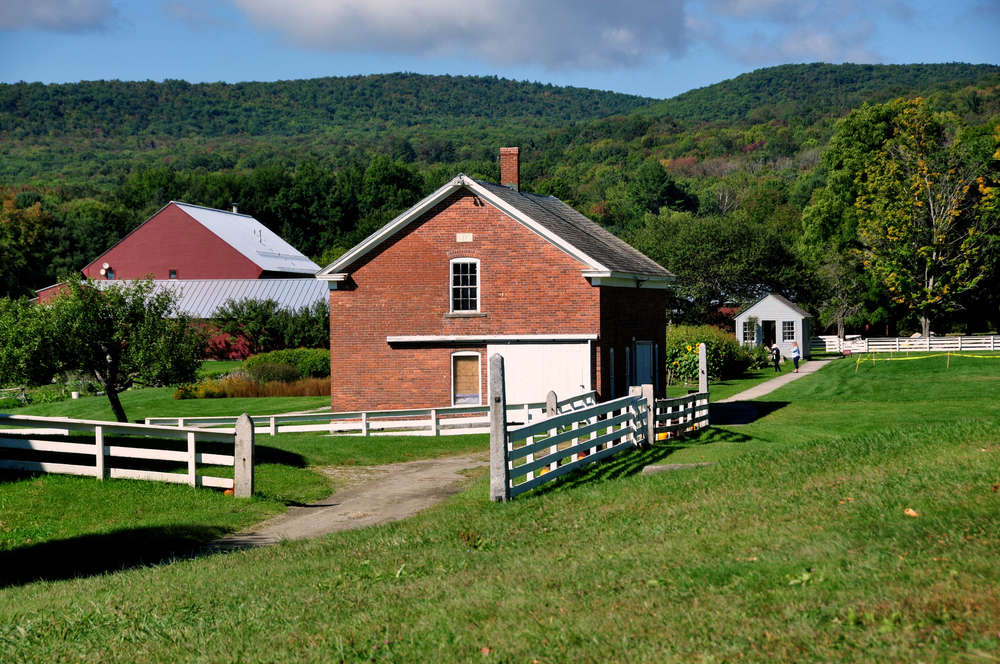
This living history museum in Fort Worth lets the pioneer spirit of North Texas live on
with a gathering of 1800s structures. The village boasts six log houses and other
outbuildings, each portraying a different aspect of frontier life.
Visitors can see demonstrations of period crafts, view authentic furnishings, and learn about the Texas settlers’ hardships.
Like Travel Pug’s content? Follow us on MSN.
Hancock Shaker Village, Massachusetts

Referred to as the City of Peace, this former Shaker community exemplifies the
innovative spirit and sustainable practices of the Shaker movement. The village
includes 20 historic buildings, including the iconic Round Stone Barn, set among 750
acres of preserved farmland.
Visitors can tour historic gardens, learn about Shaker innovations in agriculture and architecture, and experience the peaceful simplicity of Shaker life.
Preserving Living Heritage
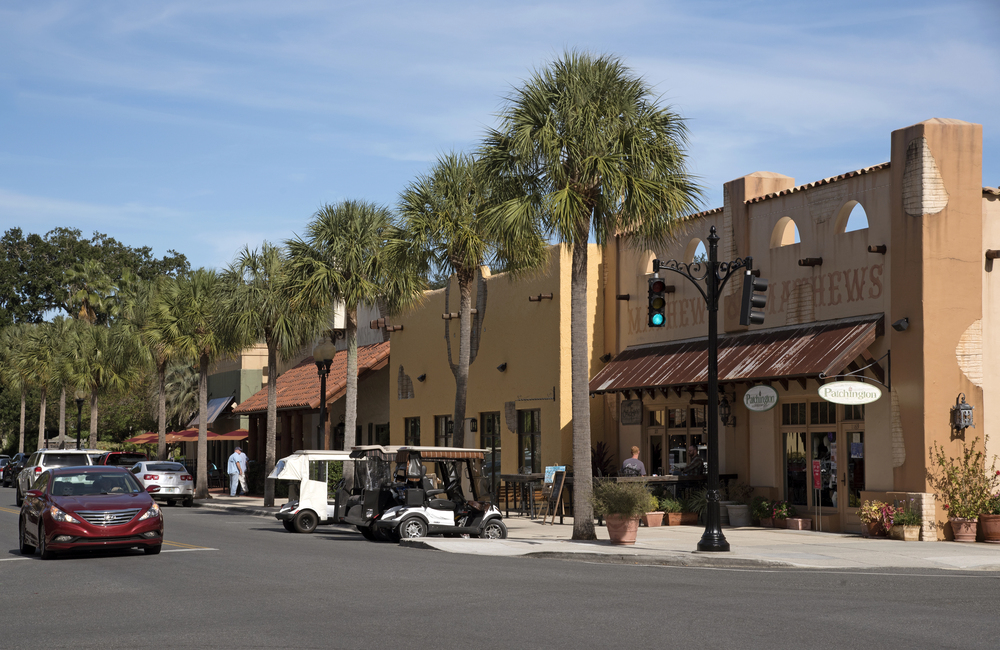
These historic villages are far more than simple tourist attractions but a linkage to
American heritage, providing insights invaluable in the myriad experiences that have
shaped the nation. Villages, by their very preservation and interpretation, give us insights into whence we came and cause us to ponder where we’re going.
Whether history interests you, teaching, or just plain learning about traveling, these living historic districts represent real links with America’s past, which continually teach and inspire future generations.
More from Travel Pug

- 15 Dangerous European Cities to Avoid
- 15 Caribbean Islands Where Tourists Keep Getting Scammed
- The 20 Most Fascinating Abandoned Places: A Journey Through Time and Forgotten Spaces
- 15 Hidden Places in the Smithsonian Museums Locals Love: A Guide to Lesser-Known Treasures
- 16 Hidden Florida Beach Towns That Aren’t Overrun with Tourists
Like Travel Pug’s content? Follow us on MSN.
